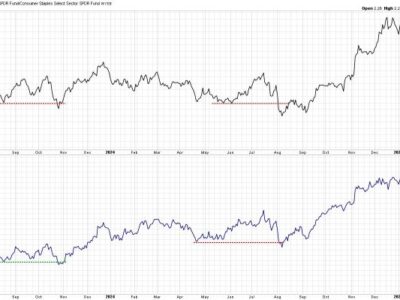
Recent articles by Politico and the Wall Street Journal detail the difficult economic environment the Fed must navigate in the coming months along with highlighting the missteps the Fed has made in dealing with post‐Covid inflation. The articles show that in response to inflation, the Fed executed its steepest and fastest series of rate hikes in 40 years. Once again, this has raised several questions into the internal workings of the Fed and the general obscurity with which it has been conducting monetary policy. While the Fed’s recent performance has garnered significant media attention, as my new Cato working paper shows, this failure is only the latest episode in a long‐term trend of discretionary behavior dating back to 2009.
From the mid‐1980s through to the mid‐2000s, Fed policy was generally considered to be good. Academics and Fed officials alike credited good monetary policy with keeping the economy stable during this period (often called the “Great Moderation”). In my working paper, I show that the Fed was much more likely to follow a rules‐based approach during this period as compared to after the financial crisis. In fact, every successive Fed chair since Paul Volcker has deviated further from the rules‐based policymaking that helped the Fed be successful in the first place. Just one fact from the paper: the correlation between the good policy rule of the Fed and their actual policy fell from 75% under Bernanke, to 17% under Yellen, to -2% under Powell.
The primary concern with Fed policy has been that it has kept rates too low. While this has been true since the end of the Great Recession, it has been particularly problematic post‐Covid. In this period, while a standard Taylor rule suggested the Fed should tighten the economy by raising rates, the Fed was easing the economy further by keeping its target rates near zero and then proceeding to buy more assets. Consequently, it was 20 months too late in raising its target rates, by which time inflation had already become entrenched, requiring the sharpest rate hike in 40 years.
Following a monetary policy rule offers several advantages: the Fed’s actions remain clear and concise, it does not require the Fed to precisely gauge the true structure of the underlying U.S. economy, and social welfare has been higher under a rules‐based regime. It is unclear why the Fed has so frequently abandoned the guidance offered by the Taylor rule in the recent past. Particularly concerning is the Fed’s departure from its self‐professed successful policy tools. For instance, a seminal paper by Richard Clarida and his co‐authors showed that good monetary policy kept the economy stable during the Great Moderation. Meanwhile, interest rates departed furthest from the Great Moderation while Richard Clarida himself served as Vice Chair of the Fed. Why did this happen?
Given the benefits of following the Taylor rule, as well as the serious lapses in monetary policy when the Fed acts in an unclear and discretionary manner, perhaps it is time to revisit proposed regulation such as the FORM Act of 2015. This directive would require the Fed to formulate and abide by a rule as a default, but allow it to deviate from that rule provided it explains any departures.
For a detailed analysis, please see my Cato working paper.








